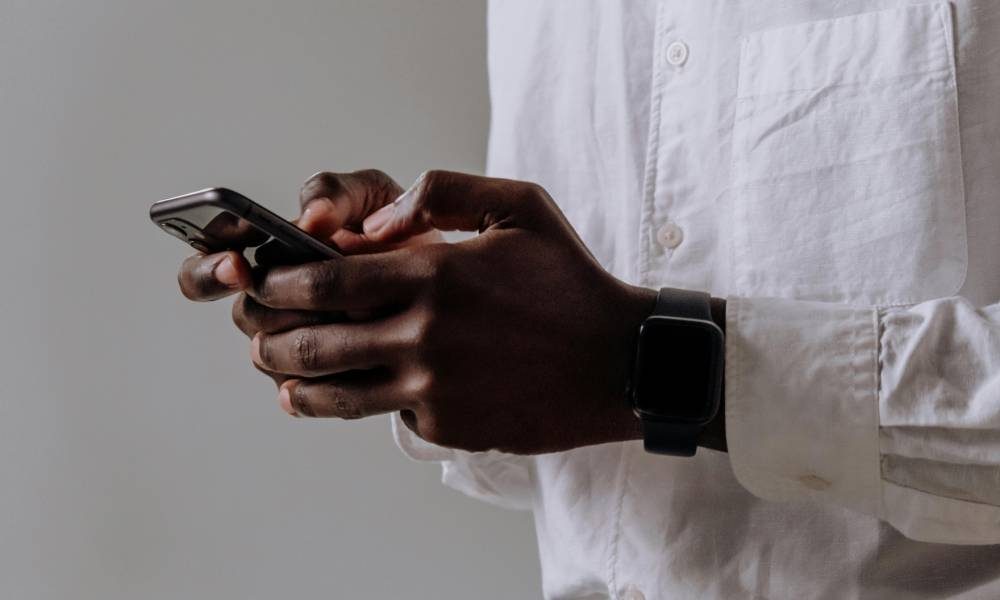What is IBAN?
The IBAN (International Bank Account Number) is an internationally standardized bank account number. Its creation serves a simple purpose: to facilitate payments by unambiguously identifying the beneficiary’s account.
In Europe, the IBAN has become the standard since the introduction of the SEPA (Single Euro Payments Area) standard, which unifies transfers and direct debits in euros. In the SEPA zone, it is always associated with the BIC (Bank Identifier Code, also known as the SWIFT code), which identifies the beneficiary’s bank.
To remember :
- IBAN : unique identifier of the bank account
- BIC/SWIFT : international identifier of the banking establishment
- RIB : document which contains the IBAN and BIC
How is an IBAN composed?
An IBAN is a series of numbers and letters, the length of which varies depending on the country (from 14 to 34 characters maximum). In France, it has 27.
The structure is broken down as follows:
- Country code: the first two letters (FR for France, DE for Germany, etc.)
- Check digit: two digits used to verify the validity of the IBAN
- Bank code: 5 digits identifying the banking establishment (20041 for LCL, 30004 for BNP Paribas)
- Branch code: 5 digits corresponding to the branch
- Account number: 11 alphanumeric characters specific to the holder
- RIB key: 2 control digits
Example of French IBAN: FR76 3000 6000 0112 3456 7890 189
- FR : France
- 76: control key
- 30006: bank code
- 00001: branch code
- 12345678901: account number
- 89: RIB key
Each country adapts the format according to its rules, but ISO standardization ensures that the IBAN is always interpretable by financial institutions.
What is it for?
The IBAN is used in all current banking transactions:
- Making a SEPA transfer : whether national (France → France) or cross-border (France → Germany), the IBAN guarantees that the money arrives in the correct beneficiary account
- Set up a SEPA direct debit : to pay recurring bills (electricity, telephone subscription, etc.), the creditor must have your IBAN and a direct debit mandate
- Make an international transfer : outside the SEPA zone, it may be requested in addition to the BIC/SWIFT to secure the money transfer
- Identify a bank account : it acts as the holder’s bank identity card
Without the latter, it is currently impossible to make a bank transfer within the SEPA area.
What about Wero?
Since 2023, the EU has been developing Wero, the pan-European instant payment solution supported by the EPI (European Payments Initiative). The goal is to offer an alternative to major card networks and international wallets.
Its operation is based on a simple principle : instead of entering the beneficiary’s IBAN, the user logs in with their mobile phone number. In the background, the SEPA instant transfer is executed based on IBANs, but these are no longer visible or necessary for the end user.
Where can I find my IBAN ?
The IBAN is very easy to find. Several options are available to you:
- On your RIB (Bank Identity Statement): document provided when opening an account and accessible at any time via your bank…
- In your online customer area or mobile app: most banks display your IBAN directly on your accounts homepage. Some even allow you to share it via SMS or email.
- On your bank account statements : the IBAN is generally mentioned at the top or bottom of the document
- At your bank branch : you can request a printed RIB from your advisor or at the counter
In practice, whether you are a customer of La Banque Postale, Crédit Mutuel, Boursorama or any other bank, your IBAN is always accessible in your customer area or on your official documents.
Your IBAN with CentralPay
As an authorized payment institution, CentralPay provides its merchants with IBAN accounts, i.e., payment accounts associated with a unique IBAN. Customer transfers therefore arrive directly into this account.
A little subtlety: CentralPay is also able to generate sub-IBANs, also called virtual IBANs. These secondary identifiers are linked to the main account but allow for much more detailed management of collections. For example :
- assign an IBAN per customer, invoice or point of sale,
- facilitate automatic accounting reconciliation,
- segment flows for better cash flow monitoring.
Each sub-IBAN is unique, but all credit the same central merchant account, ensuring simplified and fully automated management of incoming transfers.
IBAN and security : what risks and what protections?
Is it dangerous to provide your IBAN ? The answer is no. Providing it is risk-free for the account holder. A third party cannot withdraw money without a signed direct debit mandate.
On the other hand, there are two points of vigilance :
- Data entry errors : A simple typo can lead to a transfer being sent to the wrong recipient. Banks use the IBAN control key to limit this risk.
- IBAN fraud : some scams involve transmitting a false IBAN (for example, when sending a fraudulent invoice)
😊 Good news : To protect against this, the European Union is rolling out Verification of Payee (VoP), which automatically checks the correspondence between the IBAN and the holder’s name before executing a transfer. The payer instantly receives the result of the verification (exact match, partial match, etc.) and then chooses to continue or abandon the payment.
Frequently asked questions about the IBAN code
Can I pay directly by IBAN?
No. This is not a payment method, but rather an identifier. It allows you to make a transfer or direct debit through your bank.
What is the difference between IBAN and bank account number ?
The account number is specific to the bank and branch. The IBAN is an internationalized version of this number, incorporating the country code, control key, and bank details.
Is an IBAN required to make/receive a SEPA transfer ?
Yes, since the SEPA migration, it is required for all transfers or direct debits in euros, whether national or cross-border.
How to find the IBAN of a beneficiary abroad?
Ask for their bank details or an equivalent document. In the SEPA zone, the IBAN is mandatory. Outside of SEPA, it is usually associated with the SWIFT/BIC code.




